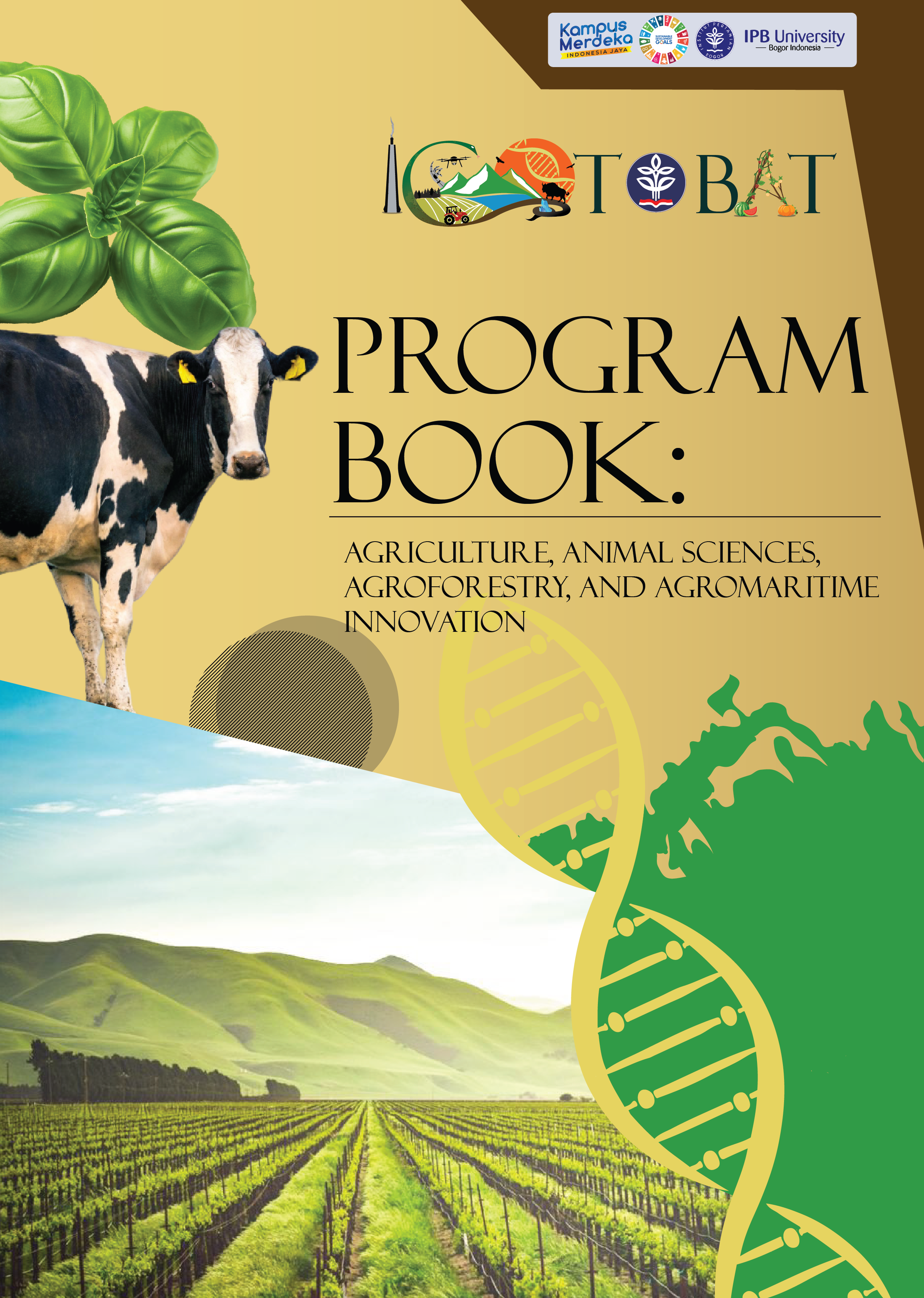Amino Acid Content in Black Soldier Fly Maggot with Trypsin Hydrolysis and Acid Hydrolysis Method
Keywords:
amino acids, BSF maggot, HPLC, protein, tyrpsinAbstract
The Black Soldier Fly (Hermetia illucens) maggot is one of the abundant insect commodities in nature, with high protein content and diverse amino acids required by livestock. This research aimed to identify the amino acid content of BSF maggots using different hydrolysis methods, namely, chemical and enzymatic. The analysis included the identification of maggot nutritional content through proximate analysis, enzymatic hydrolysis with trypsin, chemical hydrolysis with HCl solution and amino acid identification using HPLC analysis. The research results indicated that the BSF maggots used in this study contained 29.36% protein. The extraction and hydrolysis processes broke down the protein into amino acids that were detectable in the HPLC instrument. Hydrolysis using trypsin produced amino acids with glutamic acid (1.54 mg/g) being the most abundant, followed by serine (0.86 mg/g) and aspartic acid (0.75 mg/g). Hydrolysis using acid yielded amino acids with the highest concentration, where glutamic acid (10 mg/g) was the most abundant, followed by leucine (8.1 mg/g) and aspartic acid (7.5 mg/g). The highest total concentration of amino acids was obtained from acid hydrolysis, amounting to 74.2 mg/g of maggots. In conclusion, the chemical hydrolysis process using HCl resulted in a higher quantity of amino acids compared to enzymatic hydrolysis with trypsin.






























